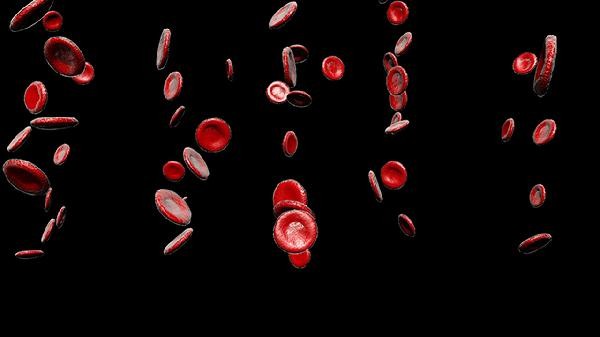The low distribution width of red blood cells can be improved by adjusting dietary structure, supplementing hematopoietic raw materials, improving lifestyle habits, treating underlying diseases, and regularly monitoring blood routine. The low distribution width of red blood cells is mainly related to factors such as nutritional deficiency, chronic inflammation, and abnormal bone marrow hematopoietic function.

1. Adjust dietary structure:
Increase intake of iron rich foods such as animal liver, lean meat, spinach, etc. Iron is an important raw material for synthesizing hemoglobin. At the same time, supplement high-quality protein and ensure daily intake of eggs, milk, fish, shrimp, etc. Protein deficiency can affect red blood cell production. Pay attention to supplementing with vitamin B12 and folic acid, and consume dark green vegetables, nuts, whole grains, and other foods in moderation.
2. Supplementing hematopoietic materials:
Under the guidance of a doctor, iron supplements are used, including common drugs such as ferrous sulfate and ferrous fumarate. For individuals with vitamin B12 deficiency, intramuscular injection of vitamin B12 injection can be administered, while those with folate deficiency can take folic acid tablets orally. It should be noted that taking iron supplements with vitamin C can promote absorption and avoid taking them together with calcium supplements or tea.
3. Improve lifestyle habits:

Maintain a regular schedule and avoid staying up late for a long time, which can affect bone marrow hematopoietic function. Moderate aerobic exercise such as brisk walking, swimming, etc. can promote blood circulation. Quit smoking and limit alcohol consumption. Harmful substances in tobacco can damage the hematopoietic microenvironment, while alcohol may interfere with folate metabolism.
4. Treatment of underlying diseases:
Patients with chronic kidney disease need to control their urea nitrogen and creatinine levels, and use erythropoietin if necessary. Patients with chronic inflammatory diseases such as rheumatoid arthritis should actively control their inflammatory response. Individuals with hypothyroidism need to supplement thyroid hormones to improve their metabolic status.
5. Regular monitoring of blood routine:
It is recommended to recheck blood routine every 3 months and dynamically observe changes in red blood cell distribution width. Simultaneously monitor indicators such as hemoglobin and mean red blood cell volume to comprehensively evaluate the type of anemia. For those with persistent low levels, bone marrow puncture examination is required to rule out hematopoietic system diseases.

In daily diet, it is recommended to consume more blood nourishing ingredients such as red dates, goji berries, and black sesame seeds, combined with citrus fruits rich in vitamin C to promote iron absorption. Avoid long-term consumption of strong tea, coffee, and other beverages that affect iron absorption. Maintain moderate exercise levels and engage in 3-5 moderate intensity exercises per week for 30-45 minutes each time. Ensure sufficient sleep time and create a good hematopoietic environment. When experiencing symptoms of anemia such as dizziness and fatigue, it is important to seek medical attention promptly and complete relevant examinations to determine the cause. Pregnant women and women during pregnancy should pay more attention to balanced nutrition and prevent the occurrence of nutritional anemia. Middle aged and elderly people should be alert to the possibility of anemia caused by tumor diseases and undergo regular health check ups.








Comments (0)
Leave a Comment
No comments yet
Be the first to share your thoughts!